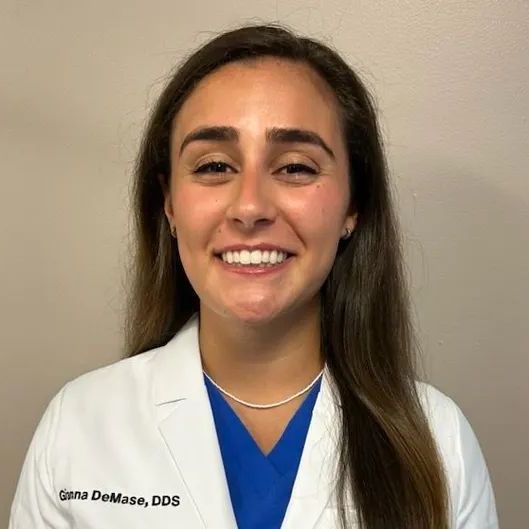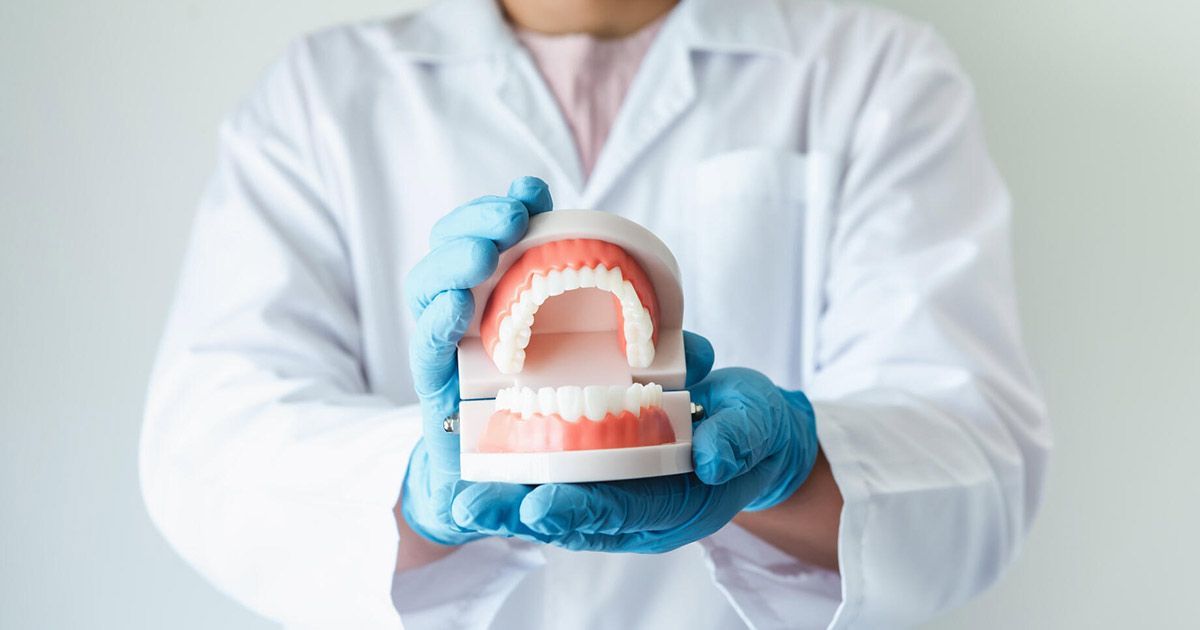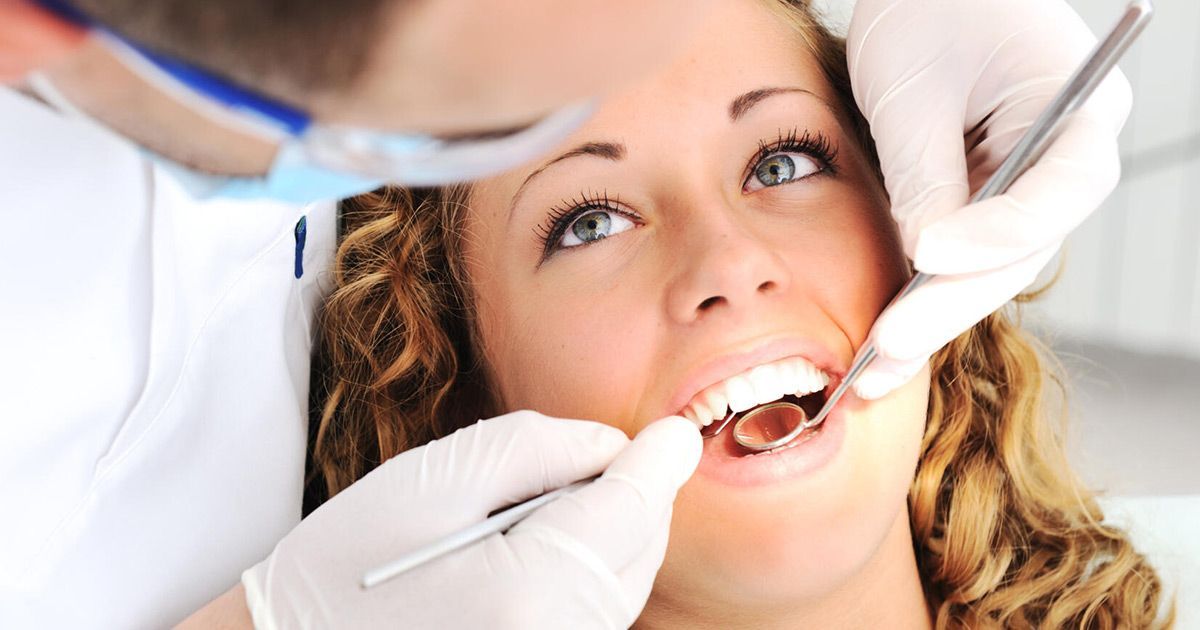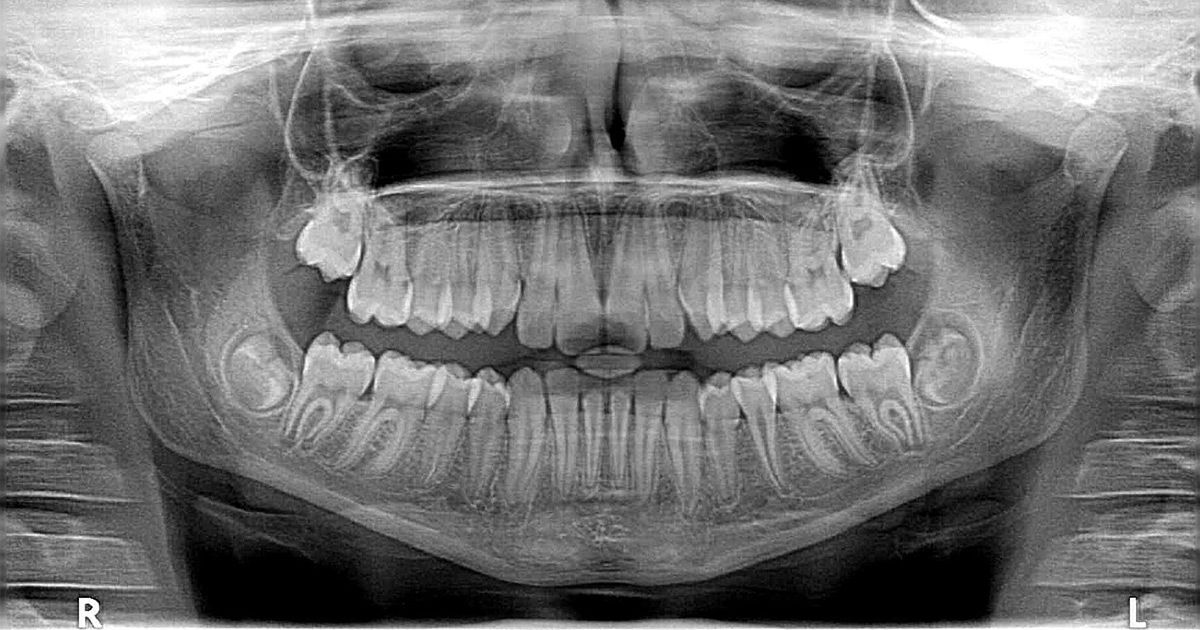The Types of Gum Disease: Stages, Problems, and Treatment
Have a feeling your gums aren't healthy? Read our guide to the different types of gum disease and learn the signs so you can get the appropriate treatment.
Gum disease is called a "silent disease" because up to 60% of those who are infected have no idea. What's really shocking about this is that
1 in 2 Americans have gingivitis. In fact, it is the main reason people visit the dentist!
The early symptoms are so easy to miss that many are not aware they have gum disease until it has become significantly advanced.
Gum disease has some serious conditions associated with it , such as cardiovascular disease, diabetes, osteoporosis, and adverse pregnancy outcomes.
Read on for a comprehensive guide to different types of gum disease, how to avoid them, and when to see a dentist!
Causes of Gum Disease
Healthy gums should be pale pink, have a firm, matte surface, and not bleed during routine brushing, flossing, or probing by a dentist.
Of course, gum disease is mainly caused by bad oral hygiene.
Not brushing and flossing regularly allows bacteria to gain a stronghold in the areas around the teeth. If not removed, this film of bacteria will eventually solidify and become plaque or calculus. The plaque then causes inflammation to develop in the gums, leading to gum disease.
There are some other well-known risk factors for gum disease, these include:
Smoking or Chewing Tobacco
Smokers are at twice the risk of developing gum disease as opposed to those who do not smoke. The longer and more you smoke, the higher your risk. Additionally, treatments for gum disease may not work as well for smokers.
Nutritional Deficiencies
Minerals such as magnesium and calcium are extremely important to your dental health. Bleeding gums, an early sign of gingivitis, can be caused by a vitamin D deficiency. Vitamin C, Vitamin K, and Vitamin A are also vital to good oral health.
Eating a healthy diet low in carbohydrates and sugar is one of the main ways to prevent gum disease. Proper supplementation can also prevent gingivitis and help to lessen the effects once the condition has already developed.
Hormonal Changes
The risk of contracting gingivitis increases during times of significant changes in hormone levels, such as puberty, pregnancy or menopause. The rise in hormones makes the blood vessels in the gums more susceptible to attack by germs and bacteria.
During puberty, the gum disease incidence ranges between a whopping seventy and ninety percent.
Cancer
In about 25% of children with leukemia , gingivitis is the first sign that they are sick. In general, having cancer and chemotherapy treatment can make a person more susceptible to infection, thereby increasing the risk of gum disease.
Other Risk Factors
Other risk factors for gum disease include:
- Drinking alcohol regularly
- Poor saliva production
- Stress
- Mouth breathing
- Taking certain medications
- Diabetes
If you have one or more of these risk factors, it is important to visit your dentist for regular check-ups.
Types of Gum Disease
Gingivitis refers to inflammation of the gums around the teeth. Eventually, it advances and becomes periodontal disease, which is when the infection moves to the bone below the gums.
Gingivitis
During its earliest stage, gum disease is known as gingivitis. Most commonly the result of poor oral health, gingivitis causes gums to become red and swollen.
Pain is minimal in the beginning, so many do not notice until the disease has progressed considerably. Bleeding gums are a sure sign that you have gingivitis. Other symptoms include having a bad taste in your mouth or having bad breath on a regular basis.
It is extremely important to visit a dentist at the first signs of gingivitis because if left untreated it will eventually progress into full-blown periodontitis.
Periodontitis
Periodontitis is a serious condition. The gums to pull away from the tooth and form deep pockets where bacteria collects. If this bacteria continues to fester, it leads to chronic inflammation and infection.
As it hardens into plaque, this bacteria pushes further under the gum line and into the deeper gum tissue and eventually the bones. At this point, teeth can become loose and you may require extractions.
Common Forms of Periodontitis
There are several types of periodontitis, they include:
Chronic Periodontitis: When inflammation within the supporting tissues of the teeth is not treated, chronic periodontitis develops. This leads to progressively deeper gum pockets and eventual bone loss. This is the most common type of periodontitis.
Periodontitis as a Result of Systemic Diseases: This usually begins at a young age as a result of damage from chronic conditions such as diabetes, heart disease, and respiratory disease.
Necrotizing Periodontal Disease: As the name implies, necrotizing periodontal disease is a serious infection that leads to the death of parts of the gum. This necrosis can also affect the ligaments and bones in the jaw.
This type of periodontitis is usually diagnosed in those who have conditions that affect several body systems, such as HIV, malnutrition, and a compromised immune system.
How Is Gum Disease Treated?
Because of how serious it can become, it is important to visit your dentist immediately if you think you may have a type of gum disease.
At your appointment, your dentist will measure your gum pockets (the spaces between the gums and teeth).
Your Dentist will "chart" or measure these pockets using six different measurements for each tooth. He or she will place a probe between the tooth and gums in order to find the bottom of the pocket, or where the gum attachment starts.
If you are diagnosed with gingivitis, you will be told to follow a more strict hygiene regimen and possibly given a prescription mouth rinse.
More severe gum disease may require quicker action such as deep cleaning below the gum line to remove debris and plaque from gum pockets.
Surgery is sometimes required in more advanced cases to remove tartar below the gum lines or to remove the infection from surrounding tissues. If enough damage has occurred, reconstructive surgery may be necessary to replace corroded gum or bone.
Keep Your Mouth Healthy!
Here at Sparkle Dental, we are dedicated to keeping your entire family's smile as beautiful as it can be. We offer a full range of dental services, including treatment of all types of gum disease, to the people of Mount Vernon, Yonkers and New Rochelle, NY.
Visit our website to request an appointment today!Dr. Rohit Z Patel
D.D.S
After graduating at the top of his class, Dr. Patel continued his postgraduate studies in endodontics at Columbia University College of Dental Medicine in New York. He was appointed to assistant clinical professor of dentistry at Columbia University and later moved on to teach at the Montefiore Medical Center’s Department of Dentistry. Westchester Magazine recognized Dr. Patel as a “Top Dentist for 2012.”
Dr. Yung Kim
D.D.S
Dr. Yung Kim is a double board certified Periodontist and board certified Prosthodontist, educated to treat many extremely complex disorders involving gum disease, tooth decay, and oral pathology. His focus is on full-mouth, complex, surgical, and reconstructive dentistry. He has extensive knowledge of implant dentistry and advanced surgical procedures, specializing in teeth in a day and All-on-Four implants. He is also Invisalign certified and experienced with CAD/CAM restorations and dentures.
Dr. Santvana Vyas
D.D.S
Dr Vyas attended NYU College of Dentistry and earned DDS in 2016 at the top of her class. She was inducted into Omicron Kappa Upsilon (OKU), the national dental honor society and earned Outstanding Achievement Award in study of Prosthodontics.
Dr Vyas is an active member of American College of Prosthodontics (ACP) and American Dental Association (ADA). She is appointed as a Clinical Assistant Professor at NYU College of Dentistry. She is married and is blessed with two sons.
Dr. Gianna DeMase
D.D.S
Dr. DeMase received her undergraduate degree from Binghamton University where she double-majored in Biology and Spanish. She then earned her Doctor of Dental Surgery from New York University College of Dentistry where she graduated with honors in periodontics. After dental school, Dr. DeMase completed a General Practice Residency at Jacobi Medical Center, a level one trauma hospital. Here, she participated in community outreach in the women’s health clinic and taught medical students how to do oral exams. She also worked with special needs patients in Jacobi’s Rose F. Kennedy Center. Dr. DeMase remains committed to being active in the community.
Read More
Dr. DeMase has experience in cavity restoration, endodontics, oral surgery, oral pathology, and prosthodontics including implant restorations.
She highly values patient education and always ensures your comfort and understanding of the treatment. She strongly believes in patient centered care and therefore tailors each treatment plan to you and your needs. As a member of the American Dental Association, Dr. DeMase is always aware of the latest studies and developments in the dental field and strives to apply them to her practice. In her spare time, she can usually be found with a book in her hands.

















